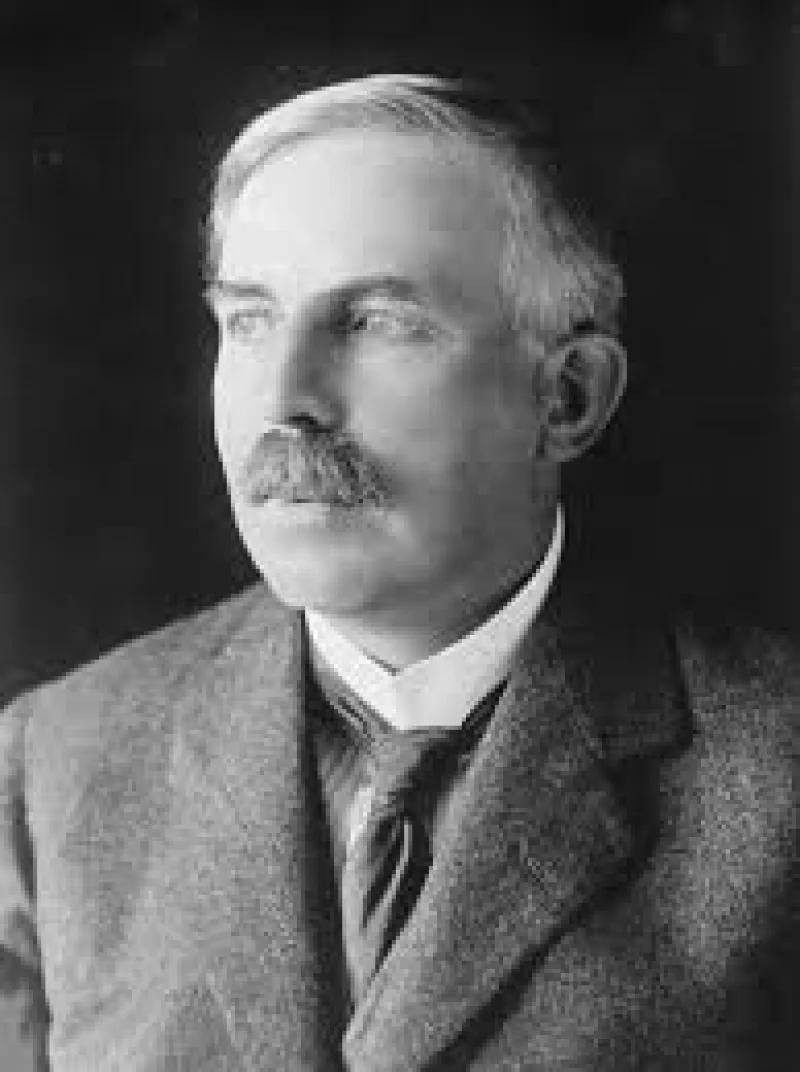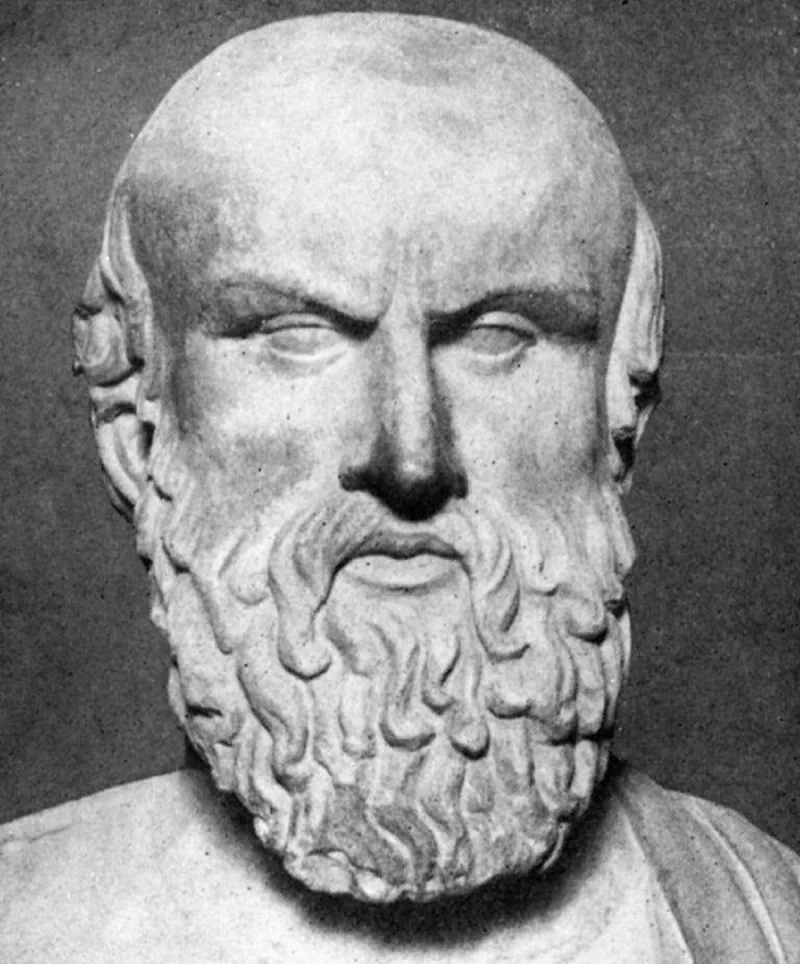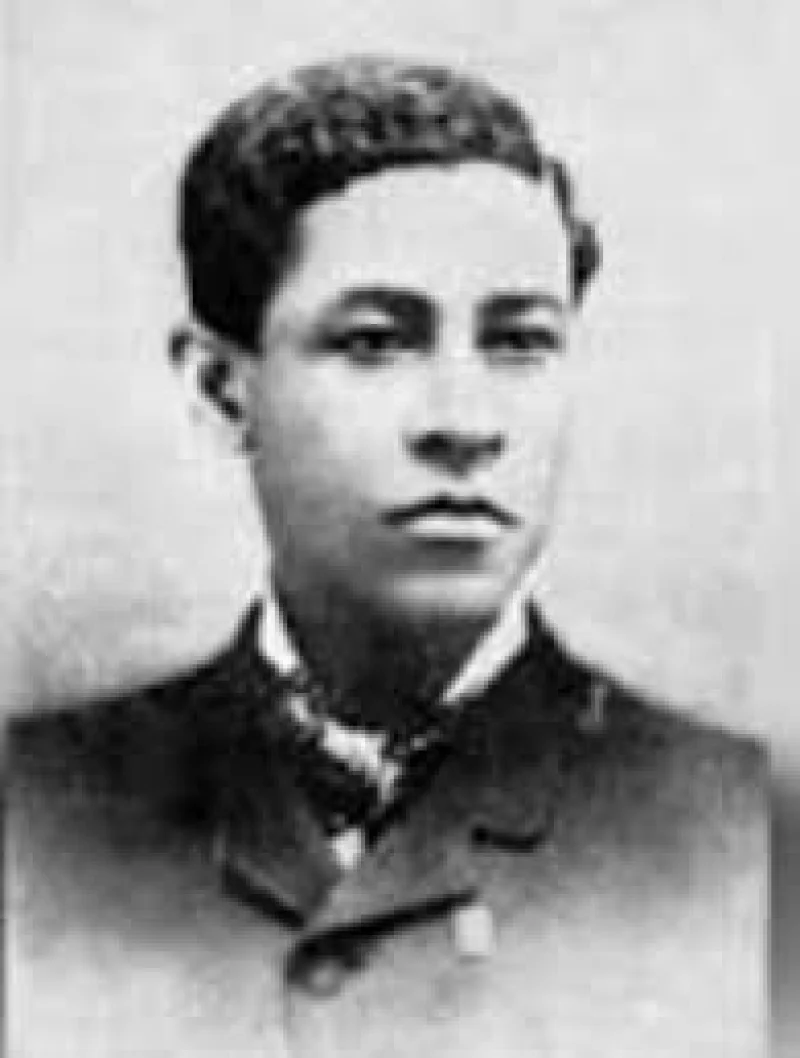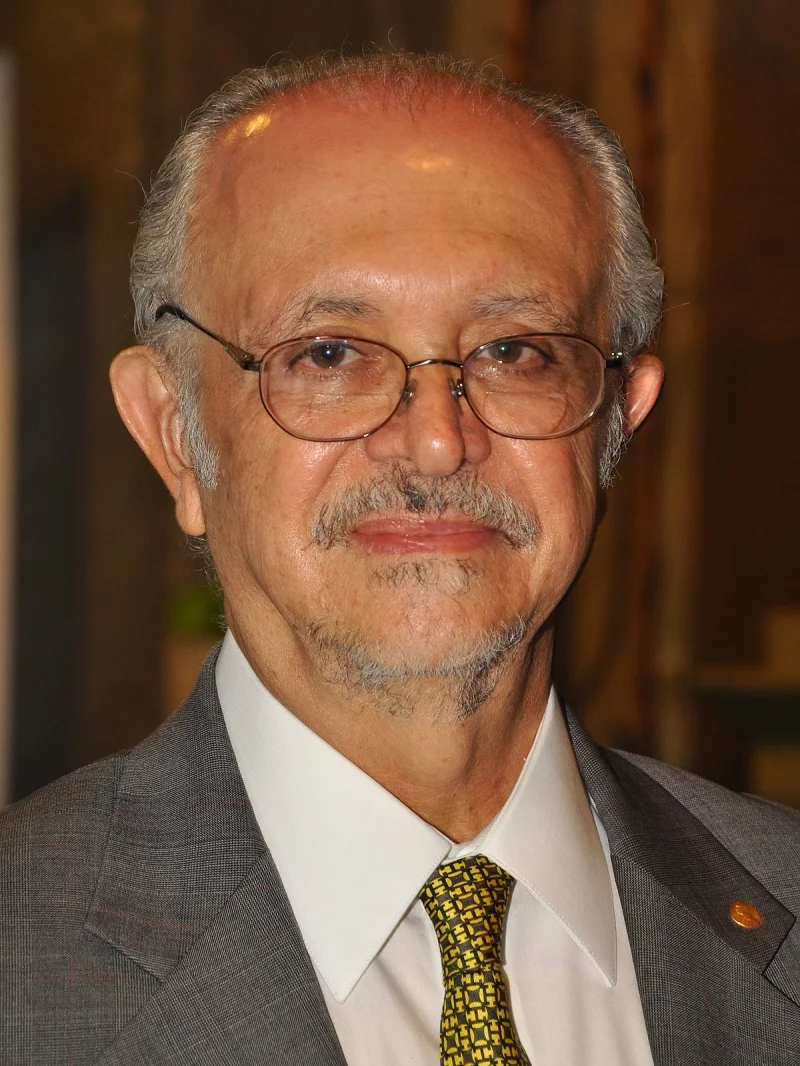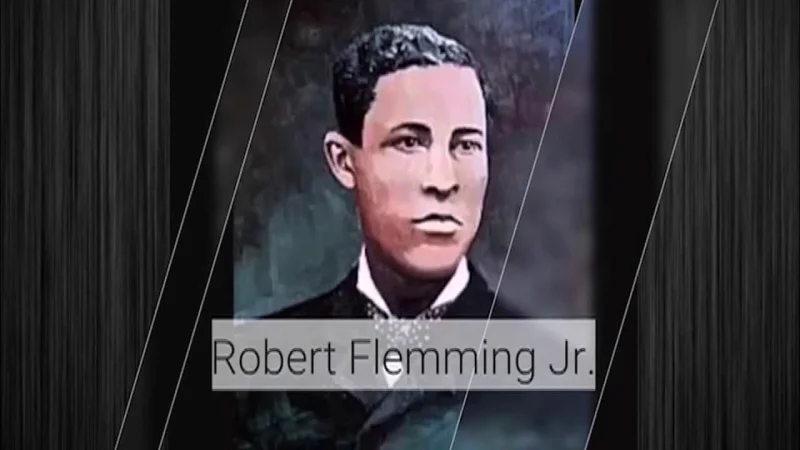Short Summary
Ernest Rutherford was a pioneering physicist whose research fundamentally changed the understanding of atomic structure. He is best known for his discovery of the nucleus and for formulating the Rutherford model of the atom. Awarded the Nobel Prize in Chemistry in 1908, his work laid the foundation for modern nuclear physics and the eventual development of nuclear energy. Rutherford is often referred to as the "father of nuclear physics" due to his groundbreaking contributions to the field.
Early Life & Education
Ernest Rutherford was born on August 30, 1871, in Brightwater, New Zealand, into a large family as the fourth of 12 children. His parents, James Rutherford and Martha Thompson, were immigrants from Scotland and England. Educated initially at Havelock School, he later won a scholarship to attend Nelson College. Rutherford's academic excellence earned him a scholarship to the University of New Zealand, where he attended Canterbury College. There, he developed a strong interest in the sciences, particularly in physics and mathematics, which set the stage for his future groundbreaking research.
Career Highlights
After completing his education in New Zealand, Rutherford moved to England in 1895 to work at the Cavendish Laboratory at the University of Cambridge under J.J. Thomson. His career took a significant turn when he discovered the concept of radioactive half-life and identified alpha and beta radiation. In 1908, he received the Nobel Prize in Chemistry for his investigations into the disintegration of elements and the chemistry of radioactive substances. Later, as a professor at the University of Manchester, he performed the gold foil experiment, leading to the discovery of the atomic nucleus, which revolutionized the understanding of atomic structure.
Major Achievements
- Discovered the nucleus: Rutherford's gold foil experiment led to the discovery of the dense, positively charged nucleus at the center of the atom.
- Proposed the Rutherford model of the atom: He developed a model in which electrons orbit a central nucleus, similar to a solar system.
- Nobel Prize in Chemistry: Awarded in 1908 for his investigations into the disintegration of elements.
- Identified alpha and beta radiation: Pioneered research into radioactive decay and identified two types of radiation emissions.
Famous Quotes
- "All science is either physics or stamp collecting."
- "If your experiment needs statistics, you ought to have done a better experiment."
Interesting Facts
- Rutherford's image appeared on the New Zealand $100 banknote.
- He was the first person to successfully transmute one element into another.
- The element Rutherfordium is named in his honor.
- He was known for his hands-on teaching approach and often engaged directly with students.
Legacy / Influence
Rutherford's work laid the foundation for the development of nuclear physics and chemistry. His discovery of the atomic nucleus has had a lasting impact on the scientific understanding of matter and energy. His research paved the way for the development of nuclear power and medical applications of radioactivity. The atomic model he proposed remains a fundamental concept in physics and chemistry education worldwide.
FAQ
Q: Why is Ernest Rutherford famous?
A: He is famous for discovering the atomic nucleus and formulating the Rutherford model of the atom.
Q: What award did he receive for his work?
A: He received the Nobel Prize in Chemistry in 1908.
Q: What is Rutherford's nationality?
A: He was a New Zealander by birth.
Q: What element is named after him?
A: The element Rutherfordium is named in his honor.
